Creating a home gym workout plan is easier than you think. Whether you’re looking to get fit, build strength, or lose weight, a solid plan is key to reaching your goals. You don’t need a lot of equipment or a gym membership to make it happen. With the right approach, you can design a workout plan that fits your schedule, targets your goals, and works with what you have at home.
The first step is knowing what you want to achieve. Are you focused on building muscle, improving endurance, or losing fat? Once you know your goals, you can choose the right exercises to get there. Bodyweight exercises, dumbbells, resistance bands, and even household items can help you create a balanced workout plan.
In this guide, we’ll walk you through how to create a workout plan that’s simple, effective, and easy to stick to. We’ll cover everything from choosing exercises to setting a weekly schedule, so you can stay on track and see results.
Ready to take control of your fitness and create a workout plan that works for you? Let’s get started!
Step 1: Set Your Fitness Goals
Before you start your fitness journey, it’s essential to define your goals. Your workout plan should be tailored to what you want to achieve, as different goals require different approaches.
If weight loss is your goal, focus on cardio and high-intensity workouts. Activities like running, cycling, and HIIT (High-Intensity Interval Training) are great for burning calories and shedding fat.
For those looking to build muscle, strength training should be your priority. Focus on weightlifting exercises like squats, deadlifts, and bench presses to target different muscle groups. Aim to gradually increase the weight and intensity to stimulate muscle growth.
If your goal is to improve endurance, a combination of strength and cardio exercises is ideal. This could include activities like circuit training, where you alternate between weight exercises and cardio bursts, helping you build stamina while also improving strength.
If flexibility and mobility are your main objectives, incorporating stretching, yoga, or Pilates into your routine will help. These activities improve flexibility, range of motion, and overall body mobility, keeping your muscles supple and reducing the risk of injury.
No matter your goal, consistency and a tailored approach will help you get the results you desire.
Step 2: Choose Your Equipment
Your workout plan will depend on the equipment you have available. For a well-rounded routine, here are some essential items that can elevate your home gym setup:
Treadmill or Jump Rope: Both are great options for cardio workouts. A treadmill allows you to walk or run indoors, while a jump rope provides a simple, effective way to get your heart pumping and improve coordination.
Dumbbells & Kettlebells:
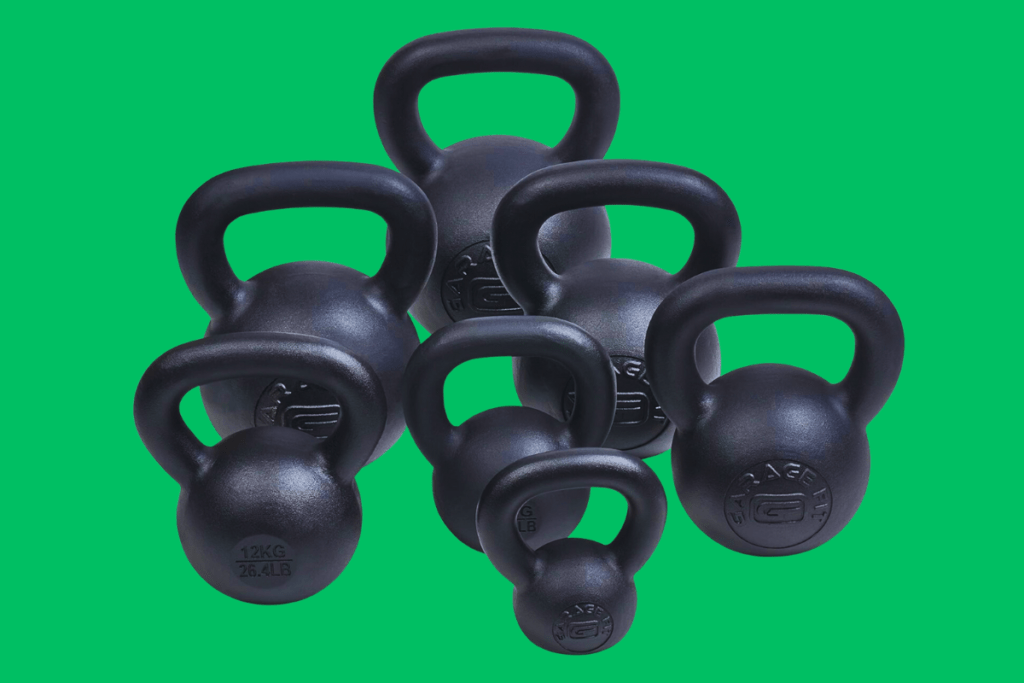
These are key for strength training. Dumbbells are versatile for exercises like bicep curls, shoulder presses, and lunges. Kettlebells add variety to your workouts with exercises like swings, squats, and snatches, helping to build strength and power.
Resistance Bands:

Perfect for full-body exercises, resistance bands can help target muscles in ways that weights can’t. They’re lightweight, portable, and great for adding resistance to movements like squats, glute bridges, and chest presses.
Pull-Up Bar:

This piece of equipment is essential for building upper body strength, particularly in your back, shoulders, and arms. Pull-ups, chin-ups, and hanging leg raises are excellent exercises for strengthening the upper body.
Yoga Mat:
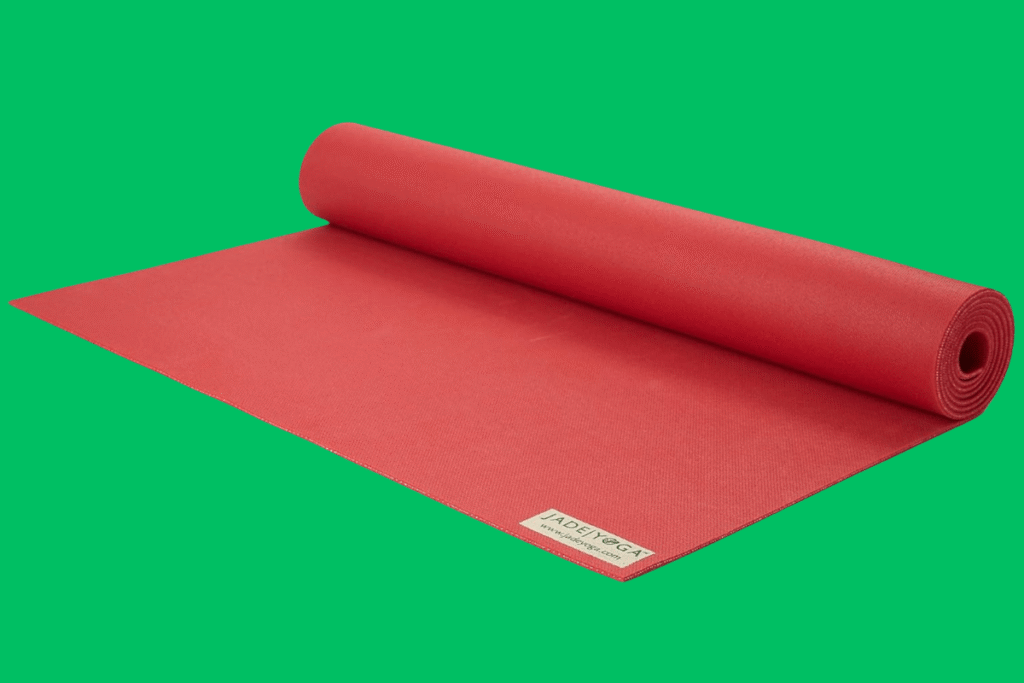
Necessary for floor exercises and stretching, a yoga mat provides comfort and stability for movements like push-ups, planks, or yoga.
With these essentials, you can create an effective workout plan that targets strength, cardio, flexibility, and endurance right at home.
Step 3: Structure Your Weekly Workout Plan
A well-balanced routine includes cardio, strength training, and flexibility. Here’s an example:
Monday: Full-Body Strength Training
- Squats – 3 sets of 12 reps
- Push-ups – 3 sets of 10 reps
- Dumbbell Shoulder Press – 3 sets of 10 reps
- Lat Pulldown (or pull-ups) – 3 sets of 10 reps
- Core Plank – Hold for 30-60 seconds
Tuesday: Cardio & Endurance
- Treadmill/Jump Rope – 20-30 minutes
- HIIT Session – 20 minutes (Alternating sprint and recovery)
- Cycling – 15-20 minutes
Wednesday: Upper Body Strength
- Bench Press – 3 sets of 8 reps
- Bicep Curls – 3 sets of 12 reps
- Triceps Dips – 3 sets of 10 reps
- Shoulder Raises – 3 sets of 12 reps
Thursday: Active Recovery & Flexibility
- Yoga or Pilates – 30 minutes
- Foam Rolling – 10 minutes
- Stretching Routine – 15 minutes
Friday: Lower Body Strength
- Deadlifts – 3 sets of 8 reps
- Leg Press – 3 sets of 12 reps
- Calf Raises – 3 sets of 15 reps
- Lunges – 3 sets of 10 reps
Saturday: Cardio & Core Workout
- Jump Rope – 5 minutes
- Rowing Machine – 15 minutes
- Bicycle Crunches – 3 sets of 15 reps
- Russian Twists – 3 sets of 12 reps
Sunday: Rest or Light Activity
- Walk or light yoga
- Stretch and relax
Step 4: Keep Your Workouts Engaging
To get the best results from your fitness routine, it’s important to keep a few key principles in mind:
Mix It Up: Changing your exercises regularly helps prevent boredom and keeps your workouts interesting. It also challenges your body in new ways, helping you avoid plateaus and continue progressing. Try alternating between different exercises for the same muscle group or incorporate new activities to keep things fresh.
Track Progress: Use a journal or fitness app to track your progress. Logging your workouts, reps, and weights can help you stay focused on your goals and see how far you’ve come. Tracking allows you to make adjustments to your routine as needed and ensures you’re always moving forward.
Stay Consistent: Consistency is key to seeing results. Stick to your workout schedule, even on days when motivation is low. Over time, the discipline of showing up will pay off, and you’ll start noticing improvements in strength, endurance, and overall fitness.
Listen to Your Body: Rest is just as important as exercise. Pay attention to how your body feels—if you’re feeling overly fatigued or sore, take a rest day to prevent injury. Pushing too hard can lead to burnout or injury, so it’s crucial to give your body time to recover.
By mixing up your routine, tracking progress, staying consistent, and listening to your body, you’ll build a sustainable fitness habit and achieve lasting results.
Step 5: Nutrition & Hydration
Your workout plan will be more effective with the right nutrition. Follow these tips:
- Eat lean proteins for muscle recovery.
- Include healthy carbs for energy.
- Stay hydrated throughout the day.
- Avoid processed foods and excess sugar.
Conclusion
Creating a home gym workout plan empowers you to take control of your fitness goals without relying on a commercial gym. With a few effective exercises and the right mindset, you can build strength, burn fat, and boost endurance—right at home.
The secret is consistency: choose exercises that align with your goals, use the equipment you have, and track your progress over time. Keep challenging yourself, and adjust your plan as you improve.
A good workout plan doesn’t have to be complicated—it just needs to be tailored to your lifestyle and sustainable for the long term. By dedicating time regularly, staying focused, and committing to your journey, you can achieve a stronger, healthier body from the comfort of your home.
Take the first step today, and start building the best version of yourself. For more free workout tips, home gym guides, and motivation, Subscribe my free fitness newsletter

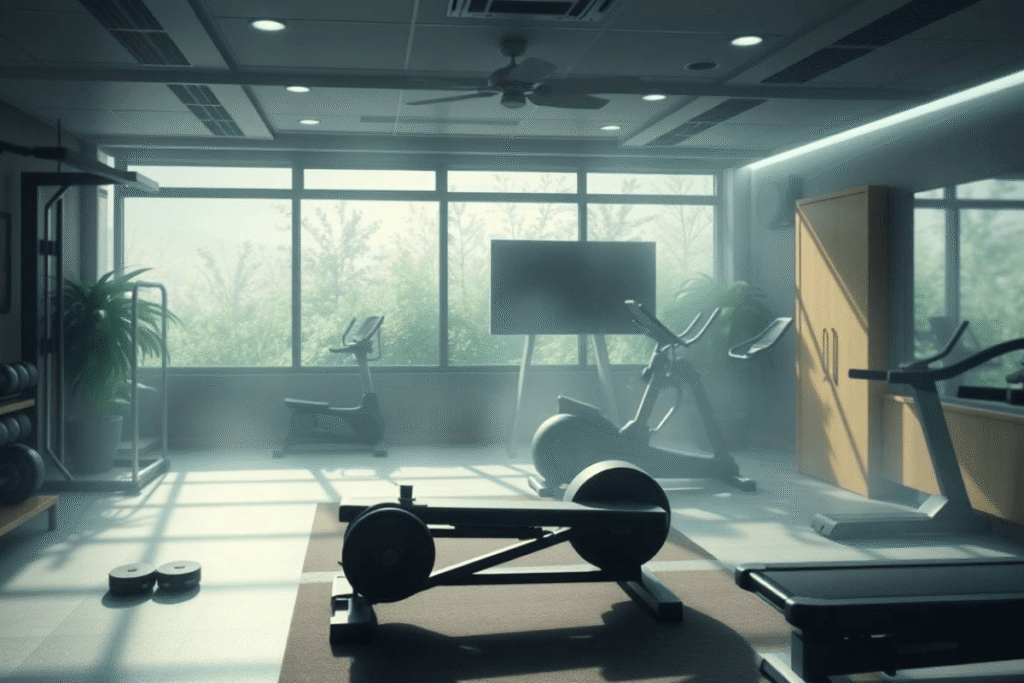



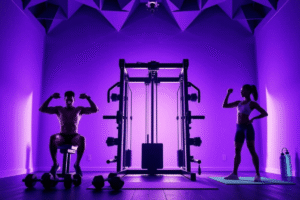


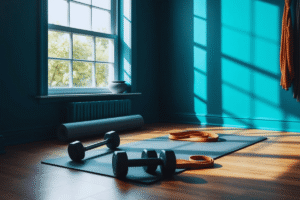


33 Comments
Perfect for full-body exercises, resistance bands can help target muscles in ways that weights can’t. They’re lightweight, portable, and great for adding resistance to movements like squats, glute bridges, and chest presses.
Immerse into the expansive realm of EVE Online. Test your limits today. Conquer alongside millions of explorers worldwide. [url=https://www.eveonline.com/signup?invc=46758c20-63e3-4816-aa0e-f91cff26ade4]Free registration[/url]
**mindvault**
mindvault is a premium cognitive support formula created for adults 45+. It’s thoughtfully designed to help maintain clear thinking
**mindvault**
mindvault is a premium cognitive support formula created for adults 45+. It’s thoughtfully designed to help maintain clear thinking
**breathe**
breathe is a plant-powered tincture crafted to promote lung performance and enhance your breathing quality.
Für bestehende Spieler stehen außerdem regelmäßige Turniere sowie VIP-Angebote bereit.
Knightslots ist eine moderne Online-Spielhalle, die mit einer offiziellen GGL-Lizenz operiert und damit alle deutschen Auflagen erfüllt.
Das Casino arbeitet nicht nur mit der Bundeszentrale für gesundheitliche Aufklärung (BZgA) zusammen, sondern bietet seinen Kunden zusätzlich umfangreiche Selbstschutzoptionen. Der
Willkommensbonus erleichtert neuen Spielern den Einstieg.
In unserem LuckyLouis-Testbericht fiel uns direkt die besonders große Spielauswahl mit über 3000 Titeln ins Auge.
Achten Sie zudem auf adäquate Maßnahmen zum Spieler-
und Datenschutz, damit Sie in den besten Online Casinos sicher spielen können. Statt eine App zu installieren, kannst du bei allen lizenzierten Casinos auch einfach
im mobilen Browser spielen. Doch es gibt auch eine Menge erfahrener Amateur- und Profispieler, die mit
hohen Einsätzen spielen. So können Sie auf iOS und Android jederzeit und überall im
Casino online spielen. Andere Glücksspielanbieter ermöglichen einen geräteübergreifenden Zugang zu
ihren Online-Glücksspielen über den mobilen Browser.
In unseren umfassenden Tests der besten Online Casinos und Sielotheken in Deutschland spielen Aspekte wie das z.B.
References:
https://online-spielhallen.de/888-casino-deutschland-ihr-umfassender-leitfaden-mein-erfahrungsbericht/
Darüber hinaus können die Gäste des Hauses auch an 18 Spieltischen Spiele wie American Roulette, Black Jack und Poker spielen. Mit ihrem Engagement für die Einhaltung der
Vorschriften bietet die Spielbank Hamburg ein vertrauenswürdiges Ziel für diejenigen, die ein reguliertes Glücksspielerlebnis in Deutschland suchen. Mit Live-Tischspielen, professionellen Pokerturnieren und erstklassiger Gastfreundschaft bedienen wir sowohl Gelegenheitsspieler
als auch erfahrene Veteranen, die auf der Suche nach einem wirklich einzigartigen Spielerlebnis sind.
Weitere Informationen finden Sie unter -hamburg.de
Auszahlungen im spielbankhamburg Casino Online werden schnell bearbeitet.
Uns sind diesbezüglich beispielsweise das Jahreszeiten Roulette oder
die Lucky Lady Days aufgefallen. Parallel bietet die Gastronomie des Casinos
Events – wie Burger Days. Gespielt wird zwar vorrangig in der bekannten Variante Texas Hold´em
No Limit. Französisches Roulette wird im Esplanade Casino nur
an einem Tisch gespielt. Oder nehmt – beachtet hierfür aber
bitte die Vorschriften zum Dresscode – an den Tischen des Live Play statt.
References:
https://online-spielhallen.de/revolution-casino-deutschland-eine-umfassende-bewertung-fur-spieler/
Das New York New York Hotel & Casino verfügt
über einen großen saisonalen Poolbereich, der eine willkommene
Abkühlung mitten in der Wüste bietet. (Es
ist unnötig zu erwähnen, dass das New York, New York auch über keine edlen Promirestaurants verfügt.) Erlebe den ultimativen Luxus in Las
Vegas mit unseren handverlesenen Luxushotels.
Wie bei den meisten Themenhotels in Las Vegas sind die Zimmer (dieses
Hotel hat etwa 2.000) nicht die größte Attraktion, obwohl sie durchaus angemessen sind.
Besonders hervorzuheben ist der große Pokerbereich mit
10 Tischen, der tägliche Turniere und verschiedene Pokerspiele anbietet.
Das Casino, eine der Hauptattraktionen des Hotels, erstreckt sich über beeindruckende 7.804 Quadratmeter und bietet eine vielfältige Auswahl an Spielmöglichkeiten. Der Big Apple Coaster, der um
das Hotel herumführt, bietet jedes Mal aufs Neue Nervenkitzel und
fasziniert durch seine spektakuläre Fahrt entlang der Skyline.
References:
https://online-spielhallen.de/vollstandige-analyse-der-vegadream-casino-mobile-erfahrung/
**aqua sculpt**
aquasculpt is a premium fat-burning supplement meticulously formulated to accelerate your metabolism and increase your energy output.
**backbiome**
backbiome is a naturally crafted, research-backed daily supplement formulated to gently relieve back tension and soothe sciatic discomfort.
**boostaro**
boostaro is a specially crafted dietary supplement for men who want to elevate their overall health and vitality.
**vivalis**
vivalis is a premium natural formula created to help men feel stronger, more energetic, and more confident every day.
**glycomute**
glycomute is a natural nutritional formula carefully created to nurture healthy blood sugar levels and support overall metabolic performance.
**aqua sculpt**
aquasculpt is a revolutionary supplement crafted to aid weight management by naturally accelerating metabolism
**hepatoburn**
hepatoburn is a high-quality, plant-forward dietary blend created to nourish liver function, encourage a healthy metabolic rhythm, and support the bodys natural fat-processing pathways.
**alpha boost**
alpha boost for men, feeling strong, energized, and confident is closely tied to overall quality of life. However, with age, stress, and daily demands
**nitric boost ultra**
nitric boost is a daily wellness blend formulated to elevate vitality and support overall performance.
**nervecalm**
nervecalm is a high-quality nutritional supplement crafted to promote nerve wellness, ease chronic discomfort, and boost everyday vitality.
**balmorex pro**
balmorex is an exceptional solution for individuals who suffer from chronic joint pain and muscle aches.
**synadentix**
synadentix is a dental health supplement created to nourish and protect your teeth and gums with a targeted combination of natural ingredients
**prodentim**
prodentim is a distinctive oral-care formula that pairs targeted probiotics with plant-based ingredients to encourage strong teeth
**glpro**
glpro is a natural dietary supplement designed to promote balanced blood sugar levels and curb sugar cravings.
**mind vault**
mindvault is a premium cognitive support formula created for adults 45+.
**yu sleep**
yusleep is a gentle, nano-enhanced nightly blend designed to help you drift off quickly, stay asleep longer, and wake feeling clear
**prostavive**
prostavive Maintaining prostate health is crucial for mens overall wellness, especially as they grow older.
**vitrafoxin**
vitrafoxin is a premium brain enhancement formula crafted with natural ingredients to promote clear thinking, memory retention, and long-lasting mental energy.
**femipro**
femipro is a dietary supplement developed as a natural remedy for women facing bladder control issues and seeking to improve their urinary health.
**glucore**
glucore is a nutritional supplement that is given to patients daily to assist in maintaining healthy blood sugar and metabolic rates.
**vertiaid**
vertiaid is a high-quality, natural formula created to support stable balance, enhance mental sharpness, and alleviate feelings of dizziness
**tonic greens**
tonic greens is a cutting-edge health blend made with a rich fusion of natural botanicals and superfoods, formulated to boost immune resilience and promote daily vitality.
**sugarmute**
sugarmute is a science-guided nutritional supplement created to help maintain balanced blood sugar while supporting steady energy and mental clarity
**provadent**
provadent is a newly launched oral health supplement that has garnered favorable feedback from both consumers and dental professionals.
**sleeplean**
is a US-trusted, naturally focused nighttime support formula that helps your body burn fat while you rest.